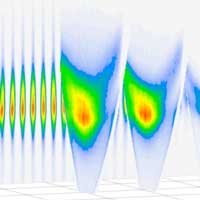 New research describes how applying intense optical fields to electrons in metals can change how electrons flow between the ions. The results could introduce new innovations by using light to control the properties of matter.
New research describes how applying intense optical fields to electrons in metals can change how electrons flow between the ions. The results could introduce new innovations by using light to control the properties of matter.
Friday, June 12, 2020
Study shows optical fields can modify electrons in metal
 New research describes how applying intense optical fields to electrons in metals can change how electrons flow between the ions. The results could introduce new innovations by using light to control the properties of matter.
New research describes how applying intense optical fields to electrons in metals can change how electrons flow between the ions. The results could introduce new innovations by using light to control the properties of matter.
Frontiers in Nanoscience webinar series: Step out of the ordinary to find out the extraordinary
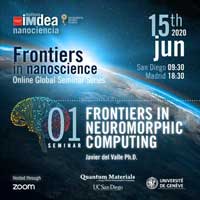 IMDEA Nanociencia organizes a new series of online global seminars called Frontiers in Nanoscience. The first webinar in this series will be held on June 15th at 18:30 (CET) through Zoom and will cover the frontiers of Neuromorphic Computing.
IMDEA Nanociencia organizes a new series of online global seminars called Frontiers in Nanoscience. The first webinar in this series will be held on June 15th at 18:30 (CET) through Zoom and will cover the frontiers of Neuromorphic Computing.
Vapor-sensitive materials with self-assembling twisted microstructure
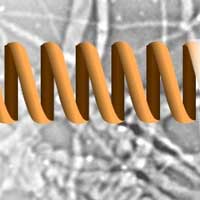 Researchers demonstrate a unique polysaccharide fiber in a twisted structure forming under drying process which showed spring-like behavior.
Researchers demonstrate a unique polysaccharide fiber in a twisted structure forming under drying process which showed spring-like behavior.
Unlocking peptide nucleic acids' superpowers for self-assembling nanostructures
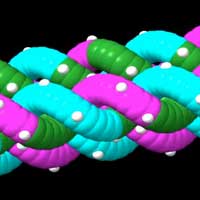 Scientists have developed a method for self-assembling nanostructures with gamma-modified peptide nucleic acid, a synthetic mimic of DNA. The process has the potential to impact nanomanufacturing as well as future biomedical technologies like targeted diagnostics and drug delivery.
Scientists have developed a method for self-assembling nanostructures with gamma-modified peptide nucleic acid, a synthetic mimic of DNA. The process has the potential to impact nanomanufacturing as well as future biomedical technologies like targeted diagnostics and drug delivery.
Minimizing thermal conductivity of crystalline material with optimal nanostructure
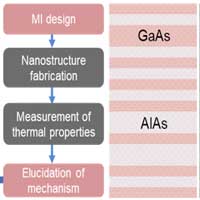 Researchers successfully minimized thermal conductivity by designing, fabricating, and evaluating the optimal nanostructure-multilayer materials through materials informatics, which combines machine learning and molecular simulation.
Researchers successfully minimized thermal conductivity by designing, fabricating, and evaluating the optimal nanostructure-multilayer materials through materials informatics, which combines machine learning and molecular simulation.
New approach to DNA data storage makes system more dynamic, scalable
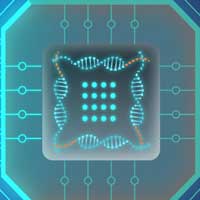 Researchers have developed a fundamentally new approach to DNA data storage systems, giving users the ability to read or modify data files without destroying them and making the systems easier to scale up for practical use.
Researchers have developed a fundamentally new approach to DNA data storage systems, giving users the ability to read or modify data files without destroying them and making the systems easier to scale up for practical use.
Two-in-one super molecule for high-density computing
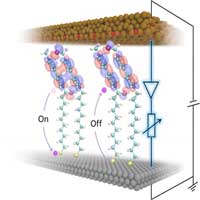 Chemists have developed a new type of molecular computing device that acts both as a switch and storage element for nanoelectronic applications.
Chemists have developed a new type of molecular computing device that acts both as a switch and storage element for nanoelectronic applications.
Subscribe to:
Comments (Atom)
